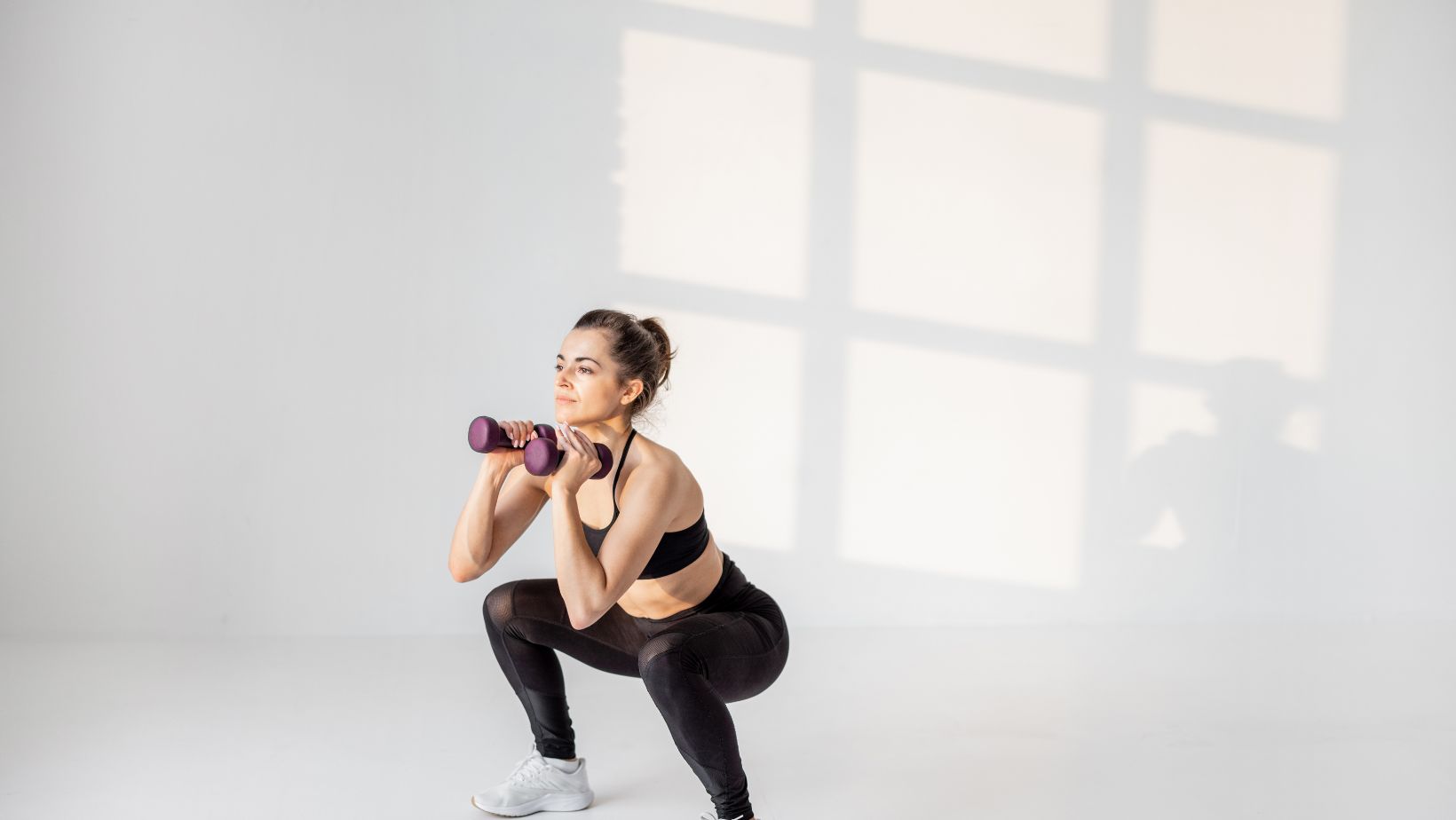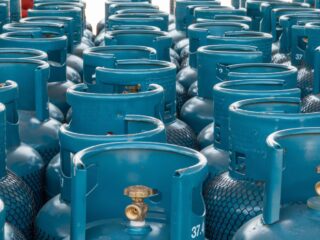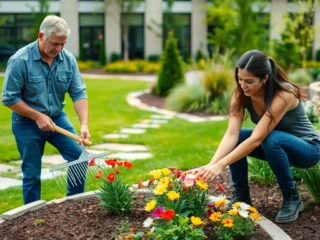
In today’s fast-paced world, wellness is no longer a luxury; it’s a necessity. More than ever, people are seeking ways to maintain a healthy lifestyle without stepping out of their homes. Enter the home fitness and recovery oasis, a personalized haven where strength training, cardio, and recovery exist under one roof. This dynamic combination of a home gym and a pool isn’t just about aesthetics or convenience; it’s a comprehensive investment in your health and well-being.
The Rise of At-Home Wellness Spaces
Since the pandemic shifted our lives inward, the way we view and use our homes has changed dramatically. Fitness centers closed. Commutes disappeared. Our living spaces became multifunctional zones, offices, classrooms, and, yes, wellness centers.
Today, having a home gym is no longer just a luxury for the elite; it’s become an attainable priority for those looking to take control of their physical and mental health. Adding a pool or recovery zone takes it a step further, creating a full-circle wellness ecosystem.
Planning Your Fitness and Recovery Layout
Designing your ultimate fitness and recovery space starts with intention. Whether you’re working with a spare room, a basement, or a backyard renovation, thoughtful planning is essential.
For your gym area, focus on the essentials: durable flooring, adequate ventilation, and good lighting. Even a compact space can house everything you need if organized smartly. For your recovery pool area, consider privacy, natural lighting, and ease of access, especially after an intense workout.
In smaller homes, you can opt for modular designs or multi-purpose spaces that transform from gym to spa with movable partitions, smart storage, and foldable furniture.
Building the Perfect Home Gym
Your home gym should reflect your personal goals, whether you’re aiming to build muscle, improve flexibility, or just stay active. Start with the basics: dumbbells, resistance bands, a yoga mat, and a cardio machine. As your needs grow, you can expand to include squat racks, cable machines, or rowing machines.

Storage is key; wall-mounted hooks, shelves, and vertical organizers can keep your space clutter-free. Don’t forget ambiance: install mirrors to improve form and make the space feel larger, use energizing wall colors, and add a speaker system for music or workout instructions.
One often overlooked but essential addition? Workout gloves. If you’re asking yourself, “Why Bother with Workout Gloves?” they can actually help with grip, prevent calluses, and offer wrist support, especially during heavy lifts or long resistance sessions.
For tech lovers, smart home gyms featuring interactive mirrors or virtual trainers can add an extra edge and keep you accountable even in your own space.
Creating a Recovery Sanctuary with a Pool
A gym is only half the story. Recovery is just as vital, and that’s where the pool comes in. A personal pool area can function as a space for aquatic therapy, injury prevention, and stress relief.
Water workouts are incredibly effective for low-impact conditioning, especially for those with joint concerns. Even a quick soak after strength training can boost circulation, ease muscle soreness, and lower cortisol levels.
When designing your pool setup, there are options for every budget and space. Lap pools are great for cardio and endurance. Plunge pools offer cold-water therapy for faster recovery. Swim spas combine features of both, perfect for compact spaces.
Design-wise, aim for tranquility: soft lighting, wood accents, and greenery can turn a basic pool into a spa-like escape. Add hydrotherapy jets or submerged seating to increase versatility and comfort.
For all your pool liner needs, replacements, repairs, upgrades, and renovations, get an estimate from UV Pools to ensure your water sanctuary is both functional and beautifully maintained.
Bridging the Two Worlds: Flow Between Workout and Wind Down
The magic of a home fitness and recovery oasis lies in the transition. A smooth flow from intensity to relaxation helps maintain balance and encourages post-workout rituals that stick.
Consider architectural flow: sliding glass doors that separate the gym from the pool, lighting that transitions from bright to soft, and scent diffusers that change from energizing citrus to calming lavender.

Establishing a post-workout ritual, such as 10 minutes of stretching followed by a gentle swim or a soak, can improve recovery and reinforce consistency in your routine.
Wellness Beyond the Equipment
True wellness goes beyond physical movement. Include a small corner for mindfulness: a yoga mat, a meditation cushion, and perhaps a small shelf for books or aromatherapy oils.
A hydration or nutrition station adds the finishing touch, and a small fridge stocked with smoothies, water infusions, or protein snacks keeps wellness at your fingertips.
Other recovery tools like massage chairs, foam rollers, or even infrared saunas can add depth to your oasis if space and budget allow.
Final Thoughts: A Long-Term Investment in You
Designing a home that serves both your fitness and recovery needs is more than just a project; it’s a personal commitment to your health, balance, and longevity.
Whether you’re lifting weights, swimming laps, or simply taking a moment to breathe, this all-in-one setup can improve your physical strength, mental clarity, and daily joy. And it doesn’t need to happen overnight; start with what you have and build as you grow.
Your home should inspire you to live well. And with the right design, it absolutely can.






